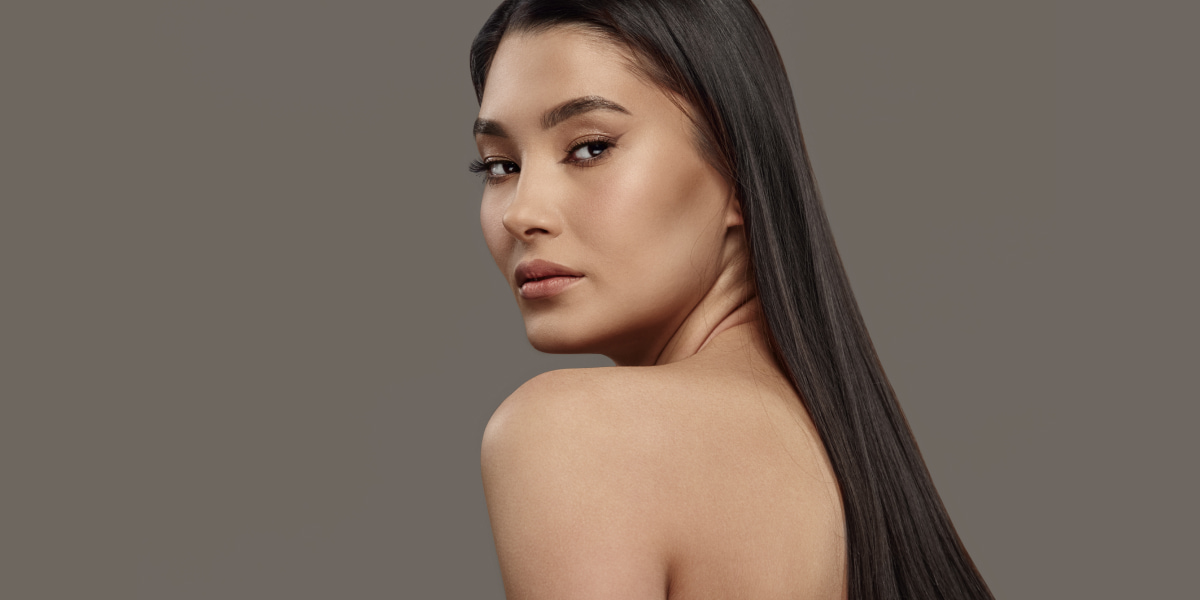Published on October 20th, 2022
Last updated on January 25th, 2023
What Is Receding Hairline And How To Prevent It: Explained
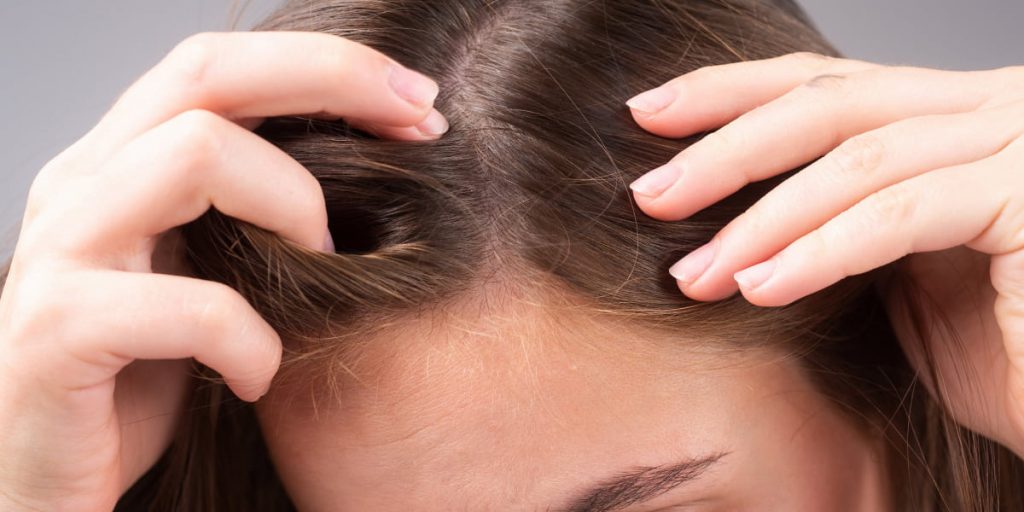
The human body is a complex machine that is still not fully understood by the best minds on our planet. Our body has many interesting, useful functions and those we would like to get rid of. One of the problematic aspects of our body is receding hairline and, subsequently, hair loss. It’s a hair loss from the side of the temples and gradually affects the crown area. This problem brings a lot of stress to both men and women. Due to baldness, people often suffer from low self-esteem and cannot live fully. Many have to consult a psychologist, work through the problem for months, and find ways to solve the psychological barrier.
But in the depths of our souls, we understand that receding hairline occurs for a reason. We understand that hair loss usually signals a problem that needs to be treated. Maybe it’s stress, malnutrition or genetic disease. In any case, there is a reason for this.
In this article, we will try to figure out the causes of baldness, what kind of prevention to carry out, and whether we can cure it.
Receding Hairline Causes
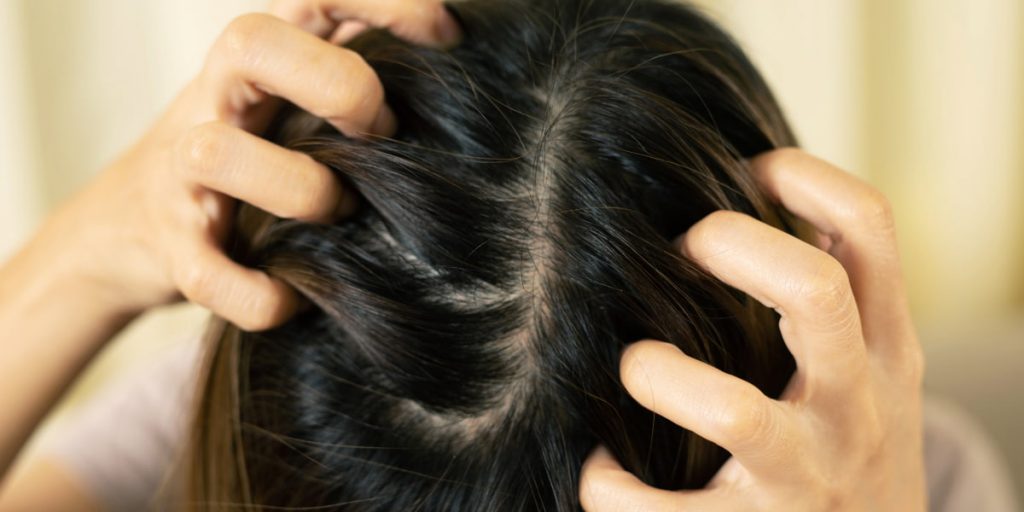
We can distinguish four main stages of receding hairline. The first three are closely related to the gradual retreat of the hair from the side of the forehead. Everything happens gradually, and it is challenging to notice the difference between the first three stages of receding hairline since the hair is slowly leaving, and you can only know the difference in comparison after some time. However, the last, fourth stage is remarkable since the hair also leaves the back of the head.
As for the reasons, the most common are:
- Genetics. One of the most common causes for receding hairline is genetics. If your father or grandfather had a receding hairline, there are high chances you will have it too;
- Age. Unfortunately, aging is also a major factor in hair loss. As we age, our hair follicles begin to shrink, resulting in thinner, weaker hairs;
- Hormonal changes. Hormonal changes can also cause your hairline to recede. For example, an excess of testosterone can lead to male pattern baldness – one of the most common types of hair loss;
- Stress. Have you been feeling extra stressed lately? That could be another cause behind your receding hairline. When stressed, our bodies produce more cortisol hormone, weakening our hair follicles and leading to hair loss;
- Poor diet. A diet lacking essential nutrients can also contribute to hair loss. Make sure you’re eating plenty of fruits, vegetables, and protein to give your body the nourishment it needs for healthy hair growth;
- Medicines. A few drugs can cause hair loss and thinness as side effects. For instance, it is well known that drugs for depression, heart disease, blood pressure, and cancer can result in hair loss.
- Excessive use of hair dryer and curling iron. Frequent use of these devices dehydrates your hair, and the follicles deteriorate significantly. It is enough to reduce the number of sessions with a hair dryer or curling iron, and your hair will stop suffering;
- Tight hair band. If you like to often tie your hair into a tight ponytail or bun, you are more likely to cause hair loss.
Diagnosis
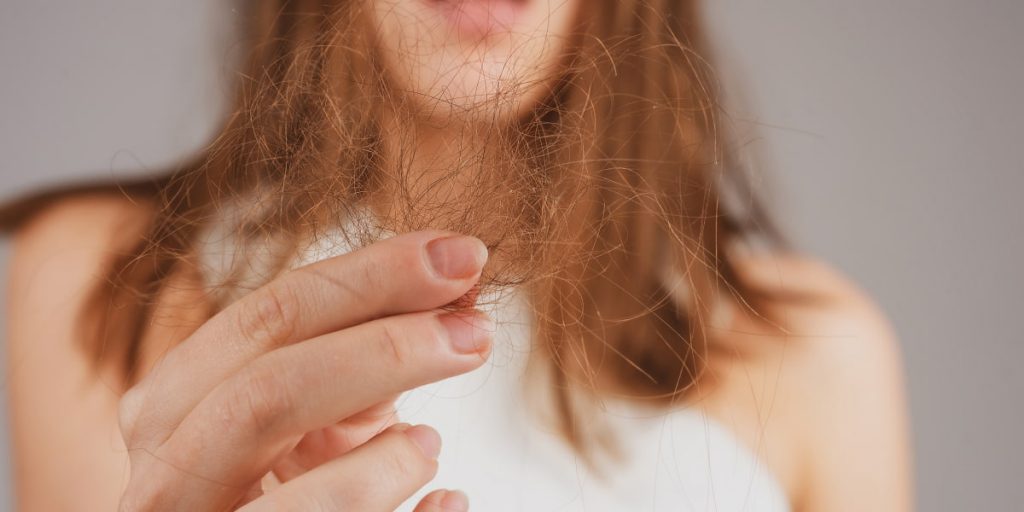
You can do a pull test to determine if you have a problem with hair loss and how much hair is falling out before regrowing a receding hairline if you have a disease. Thus, healthy hair can stretch to 50% of its length when wet, while dry hair can do the same but to 20-30% of its original length. You can do this test at home.
So, if you see the remaining hair on your hand after the procedure, and after a second one, the hair falls out again, you should consult a doctor. However, if the hair loss is minor, you have nothing to worry about.
As for professional help, your doctor may perform several of the following tests:
- With the help of family history, the doctor can check the disease for heredity. If so, your baldness is unfortunately not preventable;
- A dermatologist may request a scalp biopsy to aid the diagnosis. A tiny sample of scalp tissue is taken to evaluate the state of the scalp;
- Your doctor might also request a blood test to check for medical issues. Hair loss can be brought on by certain conditions, such as thyroid issues.
Receding Hairline Preventive Measures For Women
- You should keep your hair in a tight bun or other tight hairstyles less. Because of this, the hair is strongly pulled together and stretched. As a result, the hair follicles break off, and the hair falls out;
- You should also pull, rub, or twist your hair less. It also damages the hair;
- Try to comb your hair with wide teeth. Also, comb your hair slowly and carefully;
- Avoid chemical treatment of your head. Do not use hot oil as a treatment method for your scalp;
- Also, try to reduce hot curlers, curling irons, hair dryers, and other tools that dry out hair excessively. If you have enough time, let your hair dry naturally or plan your hair wash in advance;
- Bad habits can also cause your hair to fall out. Stop smoking and drinking alcohol if you are doing this;
- Try to protect your hair from the sun with special hair masks and oils.
If you follow all these rules, you will increase the chances that you will not develop the disease in the future. And if your hair is already falling out, these tips are a must to save your remaining hair and not damage your scalp and follicles further.
How To Regrow A Receding Hairline
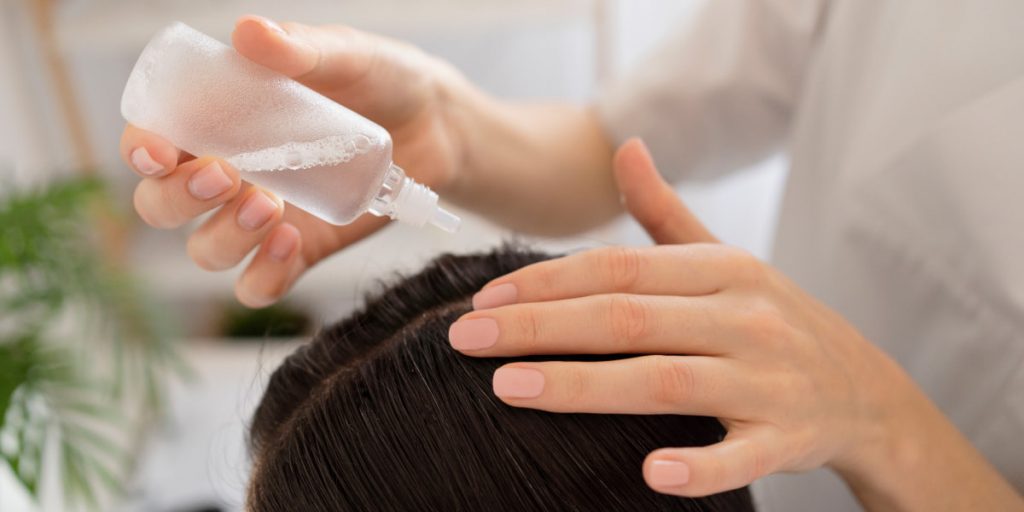
The good news is that there are things you can do to prevent your hairline from receding further. This block will explore the reasons behind receding hairline and what treatments are available to stop it in its tracks:
- Finasteride. Finasteride is a prescription medication used to treat male pattern baldness. It prevents testosterone from being converted into dihydrotestosterone (DHT) – a hormone that shrinks your hair follicles and leads to hair loss;
- Minoxidil. Minoxidil is another treatment option for male pattern baldness and can be used in conjunction with finasteride. It comes in the form of a topical solution or foam that you apply directly to your scalp twice a day;
- Hair transplants. A hair transplant may be an option if you suffer from severe baldness.
Hair Loss Prevention
There are two types of transplant procedures to fix receding hairline:
- Follicular unit strip surgery (FUSS);
- Follicular unit extraction (FUE).
During FUSS, a strip of skin containing healthy hairs is removed from the back of your head and transplanted to the front.
In FUE, individual hairs are extracted from the back of your head and transplanted one by one. Both procedures are effective, but FUE is less invasive and has a shorter recovery time.
Psychological Condition
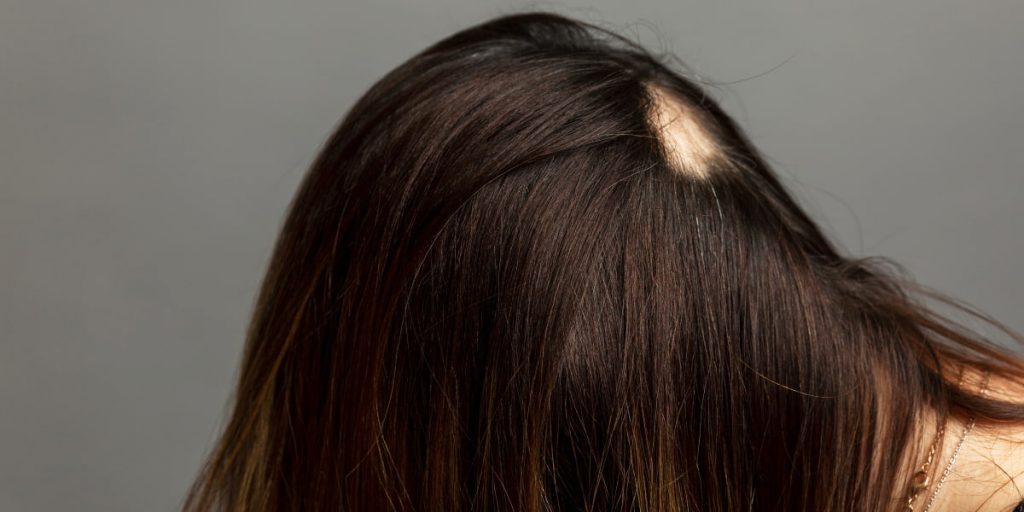
The psychological condition of a person during hair loss is extremely important for further treatment and life in general. So, men and women often note that their receding hairline problem is directly related to how they feel in everyday life and professional activities.
That is why it is crucial not to succumb to emotions if this ailment suddenly catches you. Stressful conditions, on the contrary, increasingly lead to hair loss and can cause even more severe diseases.
If you feel that the hair loss problem significantly burdens you and does not allow you to live fully, seek help from a psychologist and work out methods of treating your psychological condition.
Bottom Line
A receding hairline is a widespread issue that affects men of all ages. While there is no definitive cause of a receding hairline, several factors can contribute to the condition. Genetics plays a role in many cases, but environmental factors such as stress, diet, and lifestyle choices can also affect the health of your hair.
There are several options available for treating a receding hairline. If caught early, some treatments may be able to halt or even reverse the progression of the condition. More advanced cases may require surgery to restore lost hair. In any case, you must consult with a doctor or dermatologist to determine the best course of action for you.
Fixing a receding hairline is often easier said than done. However, there are some steps you can take to reduce your risk. These include reducing stress, eating a healthy diet, and avoiding harsh chemicals and excessive heat styling. If you are concerned about your hairline, it is essential to talk to your doctor so they can help you create a plan to keep your hair healthy and strong.
FAQ
What Is A Receding Hairline?
A receding hairline is a condition where the hairline gradually begins to recede from the forehead. This can happen in both men and women but is more common for men.
What Are The Stages Of A Receding Hairline?
A receding hairline typically has three stages: early, moderate, and advanced.
What Causes A Receding Hairline?
There can be many causes of a receding hairline, including genetics, aging, hormones, stress, and certain medical conditions.
Can A Receding Hairline Be Fixed?
Yes, treatments available can help to regrow the hair and improve the appearance of a receding hairline.


